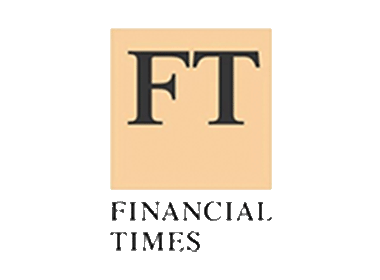Investing is a powerful tool for building wealth and achieving long-term financial goals. However, along with the potential for significant rewards, it also comes with inherent risks. Understanding and managing these risks are critical for successful and sustainable investment strategies.
In this blog, we will explore the various types of investment risk that investors should be aware of to make informed decisions and safeguard their financial future.
- Market Risk
Market risk, also known as systematic risk or undiversifiable risk, is the most common type of investment risk. It arises from factors that affect the overall performance of financial markets, such as economic conditions, geopolitical events, interest rates, and inflation. Since these factors impact the entire market, it is nearly impossible to avoid market risk entirely. Diversification, however, can help mitigate its impact by spreading investments across different asset classes and industries.
- Credit Risk
Credit risk, also referred to as default risk, arises when borrowers or debt issuers fail to meet their financial obligations. This risk is particularly relevant in fixed-income investments such as bonds or bond funds. Bonds with higher credit risk generally offer higher yields to compensate investors for the increased likelihood of default. Evaluating the creditworthiness of issuers and diversifying across various credit qualities can help manage credit risk exposure.
- Liquidity Risk
Liquidity risk refers to the possibility of not being able to buy or sell an investment quickly at a fair price. Some assets, like publicly traded stocks, are highly liquid and can be easily bought or sold in the market. On the other hand, certain investments, such as real estate or private equity, may have limited liquidity, which can result in delayed transactions or reduced sale prices. Investors should carefully consider their investment horizon and need for access to funds before committing to illiquid assets.
Inflation risk, also known as purchasing power risk, is the potential loss of purchasing power due to the erosion of the real value of money over time. Inflation can erode the returns of investments, particularly fixed-income assets with low-interest rates. To hedge against inflation risk, investors may allocate a portion of their portfolio to assets that historically perform well during inflationary periods, like stocks or inflation-protected securities.
- Interest Rate Risk
Interest rate risk affects fixed-income investments, primarily bonds. When interest rates rise, the value of existing bonds decreases since newer bonds offer higher yields. Conversely, when interest rates fall, the value of existing bonds increases. This inverse relationship between interest rates and bond prices can impact the total return of a bond portfolio. Investors should consider the duration of bonds and their overall interest rate sensitivity when managing this risk.
- Concentration Risk
Concentration risk arises when an investor allocates a significant portion of their portfolio to a single investment or a few closely related investments. While a concentrated position can lead to outsized gains, it also exposes the investor to greater potential losses if that particular investment underperforms or faces specific challenges. Diversification across different assets and asset classes can reduce concentration risk and provide a more balanced portfolio.
Investing inherently involves various types of risk, and being aware of them is essential for every investor.
While risk cannot be eliminated entirely, it can be managed effectively through diversification, asset allocation, and a sound understanding of the individual risks associated with different investments. Balancing risk and reward is the key to achieving long-term financial success while weathering the uncertainties that the financial markets inevitably bring.
As always, seeking advice from financial professionals can further enhance an investor’s ability to make well-informed decisions and navigate the ever-changing landscape of investment risks.
Find out how we can help you
If you would like to understand more about this topic get in touch
Related posts
- Published On: July 10, 2024|3.2 min read|
The Merits of Accessing Your Pension Commencement Lump Sum in Stages
As you approach retirement, one of the significant decisions you'll face is how to access your pension commencement lump sum (PCLS). While it might be tempting to take the entire amount in one go, there are several benefits to accessing your PCLS in stages.
Read more
- Published On: July 8, 2024|3.2 min read|
The Problem with Structured Notes for Retail Investors: Opaqueness, Provider Risk, and Hidden Commissions
Structured notes are financial instruments that can seem attractive due to their potential for high returns and tailored investment strategies. However, they come with significant risks and drawbacks, especially for retail investors.
Read more
- Published On: July 3, 2024|2.4 min read|
Understanding Inheritance Tax for UK Domicles: What You Need to Know
Inheritance tax (IHT) is a topic that often causes concern, but understanding it can help you plan more effectively for the future. Here’s a concise overview of what you need to know about inheritance tax, how it works, and ways to manage it.
Read more












